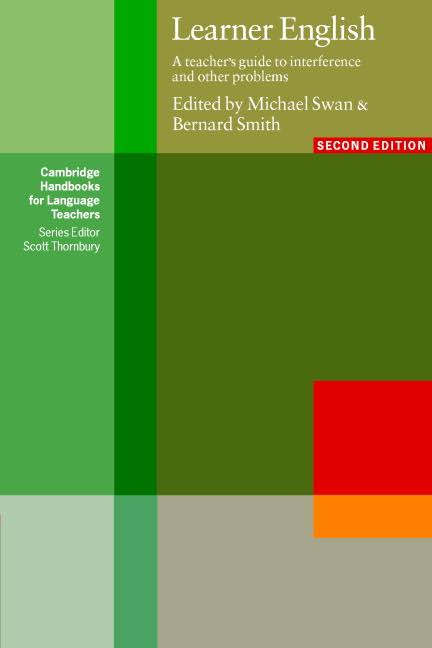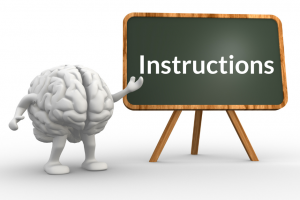Ongoing feedback and assessment are inseparable parts of our work. We need to differentiate our approach in relation to each student, taking their strengths and weaknesses as well as individual characteristics, such as students’ first languages, into account.
Have you ever wondered why some of our students don’t use articles at all, change word order or pronounce “L” incorrectly? Each chapter of this practical reference guide describes features of various languages which relate to phonology, punctuation, grammar and vocabulary, and compares them with the relevant aspects of English.
I believe this information can help us find the reasons why some particular errors or mistakes are made. As a result, by understanding the background for certain mistakes as well as being able to predict them, we can improve our planning and address inaccuracies with relevant practice.
Look for: Learner English: A Teacher’s Guide to Interference and Other Problems (2nd Edition) (Cambridge Handbooks for Language Teachers), 14 May 2001







Add Comment